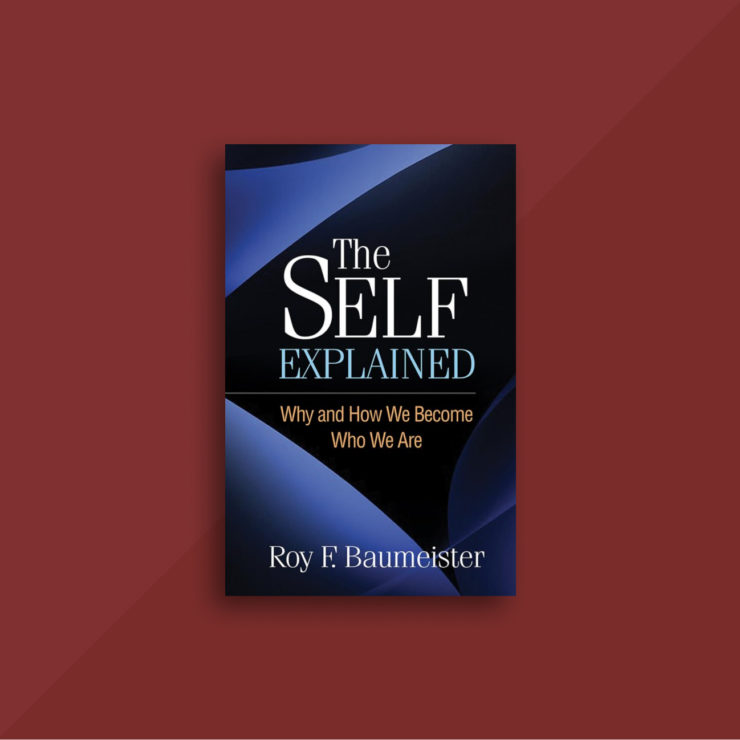
Public Self and Private Self (Editor)
Psychology has worked hard to explore the inner self. Modem psychology was born in Wundt's laboratory and Freud's consulting room, where the inner self was pressed to reveal some of its secrets. Freud, in particular, devoted most of his life to explor ing the hidden recesses inside the self-hidden even from the conscious mind, he said. From Freud's work right down to the latest journal article on self-schemata or self-esteem, psychologists have continued to tell us about the inner self.
More recently, psychology has turned some of its attention to the outer self, that is, the self that is seen and known by other people. Various psychologists have studied how the outer self is formed (impression formation), how people control their outer selves (impression management), and so forth. But how is the outer self related to the inner self? There is an easy answer, but it is wrong. The easy answer is that the outer self is mostly the same as the inner self. Put another way, it is that people reveal their true selves to others in a honest and straightforward fashion, and that others accurately perceive the individual as he or she really is. Sometimes it works out that way, but often it does not. The issue is far too complex for the easy answer.




